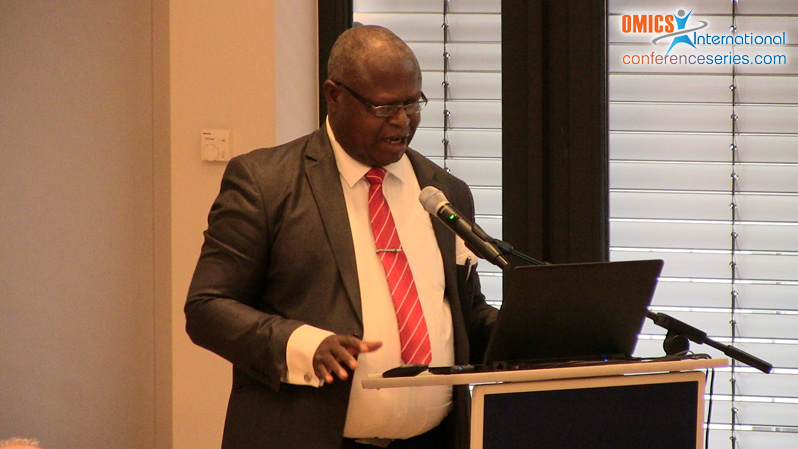
Alfred Y Itah
University of Uyo, Nigeria
Title: Microbiology, biochemical changes and biogas production during composition of oil palm empty fruit bunch
Biography
Biography: Alfred Y Itah
Abstract
The microbiological, biochemical changes and biogas production during composition of Oil Palm Empty Fruit Bunch (OPEFB) for 42 weeks were studied using standard analytical procedures. The nitrogen, phosphorus, potassium, carbon-nitrogen ratio, heavy metals and proximate composition were also assayed. The results revealed abundance and heterogeneity in genera and species of heterotrophic bacteria and fungi which included Micrococcus luteus, Klebsiella aerogenes, Staphylococcus aureus, Pseudomonas aeruginosa, Bacillus megaterium, Absidia repes, Aspergillus niger, Aspergillus glaucus, Fusarium oxysporium, Mucor haemalis, Helminthosporium satiuum, Saccharomyces uvarum and Candida pseudotropicalis. Mean aerobic and anaerobic bacterial densities ranged from 2.9 x 105 to 5.0 x 105 cfu/g and 2.7 x 105 to 4.7 x 105 cfu/g respectively while fungal densities ranged from 3.3 x 105 to 7.4 x 105cfu/g. Successional studies revealed primary colonizers of the compost comprised both bacteria (29.6%) and fungi (66.7%) with a pH range of 7.8 to 8.5.The results also revealed high levels of heavy metals ranging from 8.78 to 0.19 mg/I for iron, 4.80 to 0.48 mg/I for sodium, 2.79 to 0.08 mg/I for calcium, 2.53 to 0.40 mg/I for zinc, 2.41 to 0.07 mg/I for cadmium, 2.23 to 0.20 mg/I for lead and 1.89 to 0.22 mg/I for copper. The high level of Nitrogen, Phosphorous and Potassium (NPK) ranged from 1.62 to 0.10 mg/I, 11.33 to 0.17 mg/I and 8.66 to 0.11 mg/l respectively while proximate compositional studies showed varying levels of carbohydrate (76.53% to 23.94%), protein (10.15% to 0.68%), lipids (0.54% to 0.48%), ash (8.00% to 90%), fiber (4.78% to 31.00%), moisture (63.00% to 63.55%) and organic matter (92.00% to 56.10%) respectively, with a positive correlation (p<0.05) in ash and fiber content over time. Anaerobic digestion of 2,750g of the OPEFB yielded biogas in the range of 0.035 m3 to 0.035 m3. The results underscore the use of OPEFB as organic fertilizer and suggest additional value as a good source of renewable energy rather than waste in developing countries.

